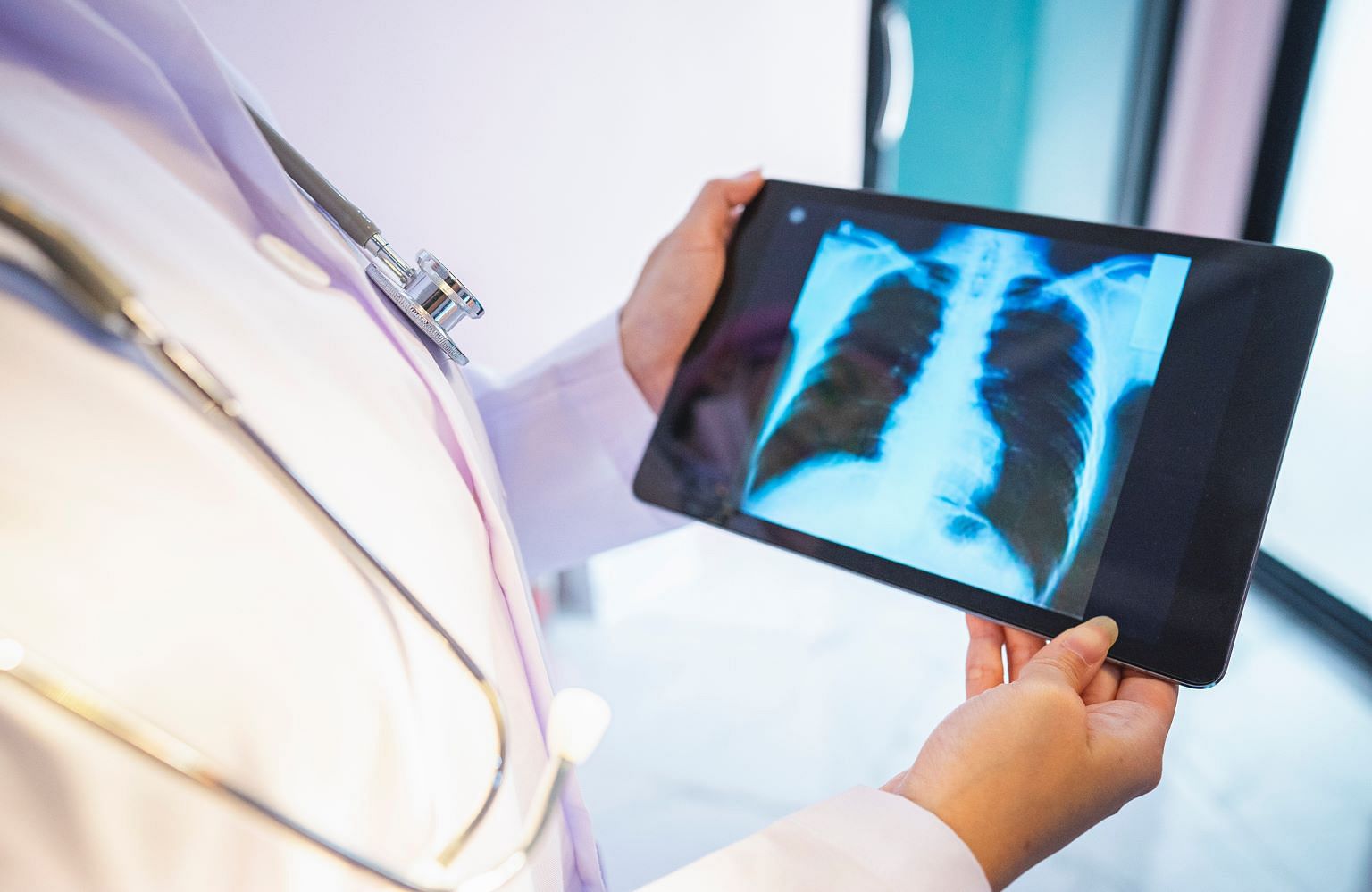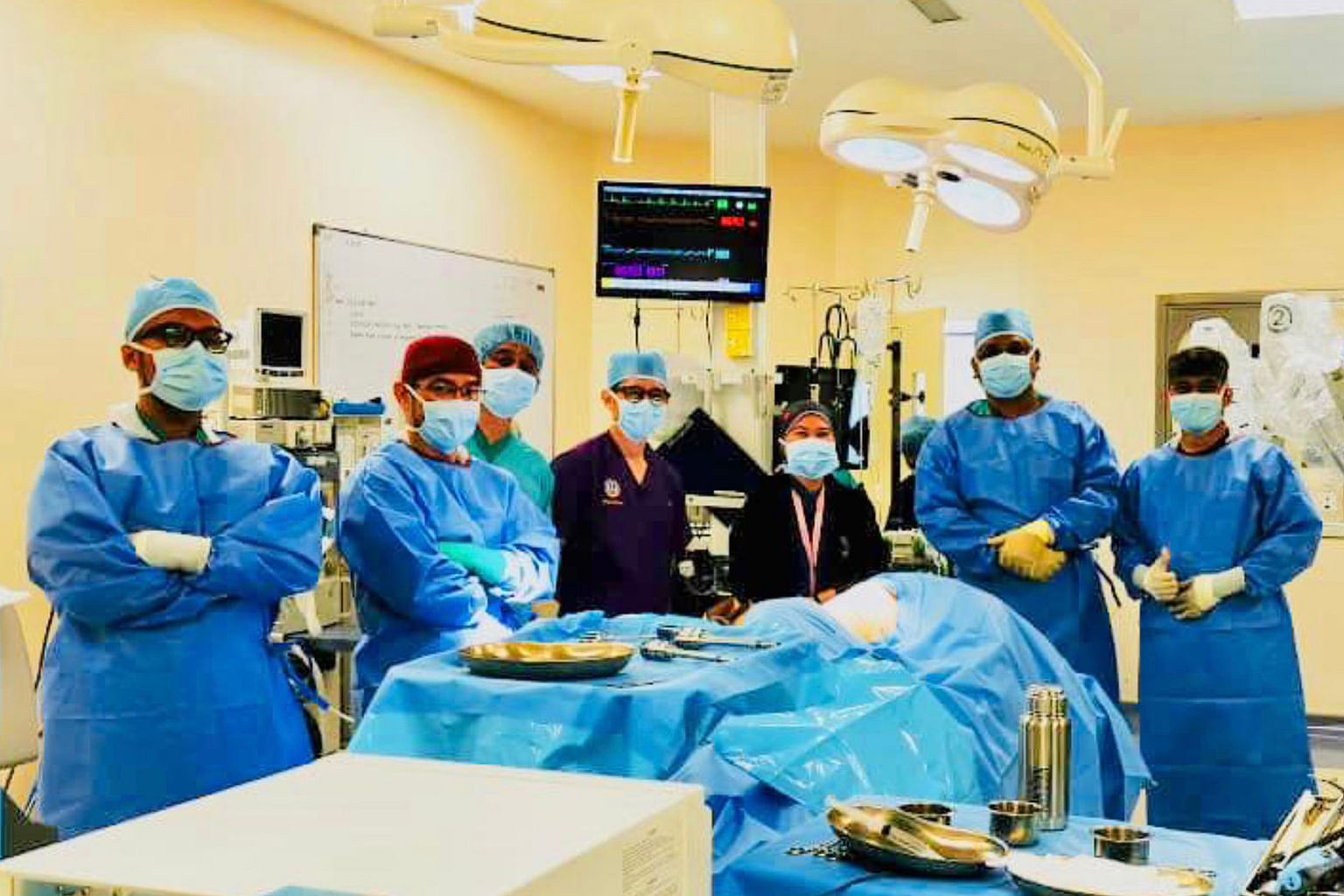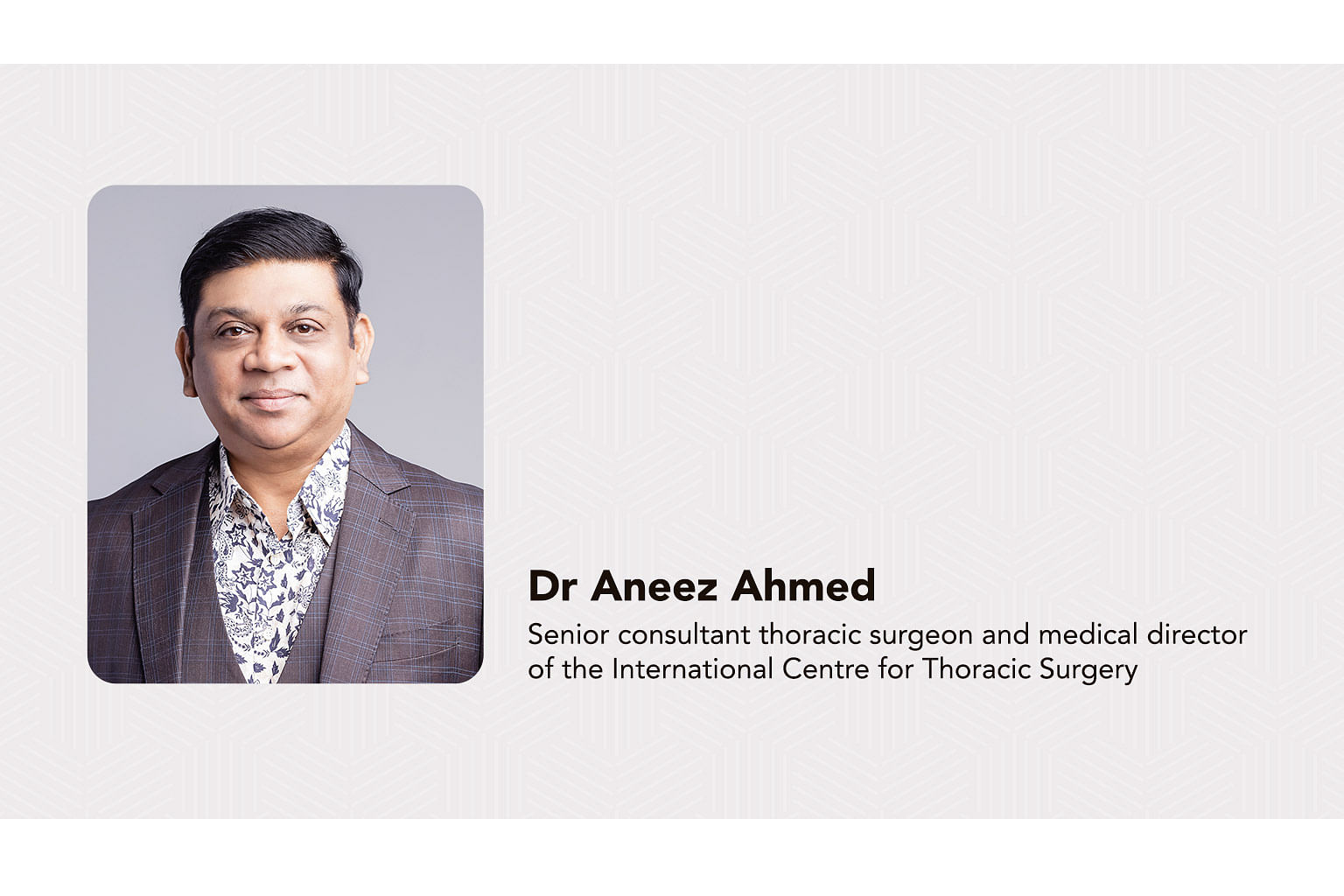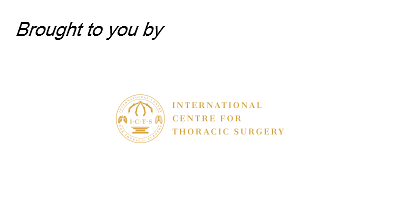BRANDED CONTENT
Robotic surgery for lung cancer: Innovative approach may offer shorter recovery time
There’s also a chance of fewer post-surgery health complications, says Dr Aneez Ahmed who emphasises the importance of early diagnosis

Lung cancer symptoms often appear in the later stages of the disease, which makes early screening vital. PHOTO: GETTY IMAGES
Follow topic:
Lung cancer is a significant health concern globally. “In Singapore, it is the most common cause of cancer death in males and the second-most common in females,” says Dr Aneez Ahmed, senior consultant thoracic surgeon and medical director of the International Centre for Thoracic Surgery.
However, it is not only smokers who are at risk for lung cancer. According to a 2018 study by the National Cancer Centre Singapore, 48 per cent of people diagnosed with non-small cell lung cancer (NSCLC) – which grows and spreads less aggressively – were, in fact, non-smokers.
The prognosis for lung cancer is significantly better when detected early. “The cure rate for patients with small, early-stage cancer can reach up to 80 to 90 per cent,” notes Dr Aneez.
Even better if the patient is also eligible for a minimally invasive surgical procedure such as robotic lung surgery, as it will improve recovery time and post-surgery treatment options, adds Dr Aneez.
What is robotic lung surgery?
Traditionally, lung tumours are operated on via open surgery involving a large incision 8 to 10cm wide, which carries a risk of greater damage to postoperative respiratory dynamics.
With robotic lung surgery, three or four small incisions, about 0.8cm in diameter, are made in order to reach the tumour. This means minimal scarring and reduced blood loss, which further improves patient recovery, says Dr Aneez.
During the procedure, the surgeon sits on a console 1m away from the patient and performs the operation using 3D-vision goggles, which give him enhanced visibility in hard-to-reach areas. He also uses highly manoeuvrable and precise operating arms, which enable him to perform the procedure with greater accuracy.

Dr Aneez highlights the benefits of this approach: "Because of the smaller incisions, there is less pain after surgery and recovery is usually quicker, leading to shorter hospital stays.”
Patients are usually able to go home in two to three days. “Typically, they should be able to resume their daily activities when they return home,” adds Dr Aneez.
Early detection key to being eligible for robotic surgery
It is important to note that robotic surgery is used primarily for patients with Stage 1, 2 and 3 lung cancer and also those with NSCLC.
This means it is imperative to look out for common signs of lung cancer which include a persistent cough, chest pain, difficulty breathing and unexplained weight loss.
“Very often, these symptoms manifest in the later stages of the disease, which makes early lung screening even more important, especially for individuals with one or more risk factors," notes Dr Aneez.
If you are a smoker or a former smoker who quit within the last 15 years, you are also at higher risk of getting lung cancer and should consider early screening.
Others who fall under this category include those who are exposed to second-hand smoke regularly, individuals with a family history of lung cancer, and if you are 55 years old and above.
Lung screening at the International Centre for Thoracic Surgery involves a comprehensive consultation with Dr Aneez, who will address concerns, perform necessary tests, and develop a personalised treatment plan, if required.
The screening process includes a Low-dose CT Scan – a non-contrast test that detects early-stage lung nodules which may not be visible on traditional X-rays.
“This early detection is crucial as smaller tumours are less likely to have spread,” explains Dr Aneez. “Additionally, a lung function test is conducted to assess lung capacity and overall lung health.”
So, if you are experiencing symptoms of lung cancer, Dr Aneez advises you to consult your doctor promptly for a thorough diagnosis and personalised treatment plan.



